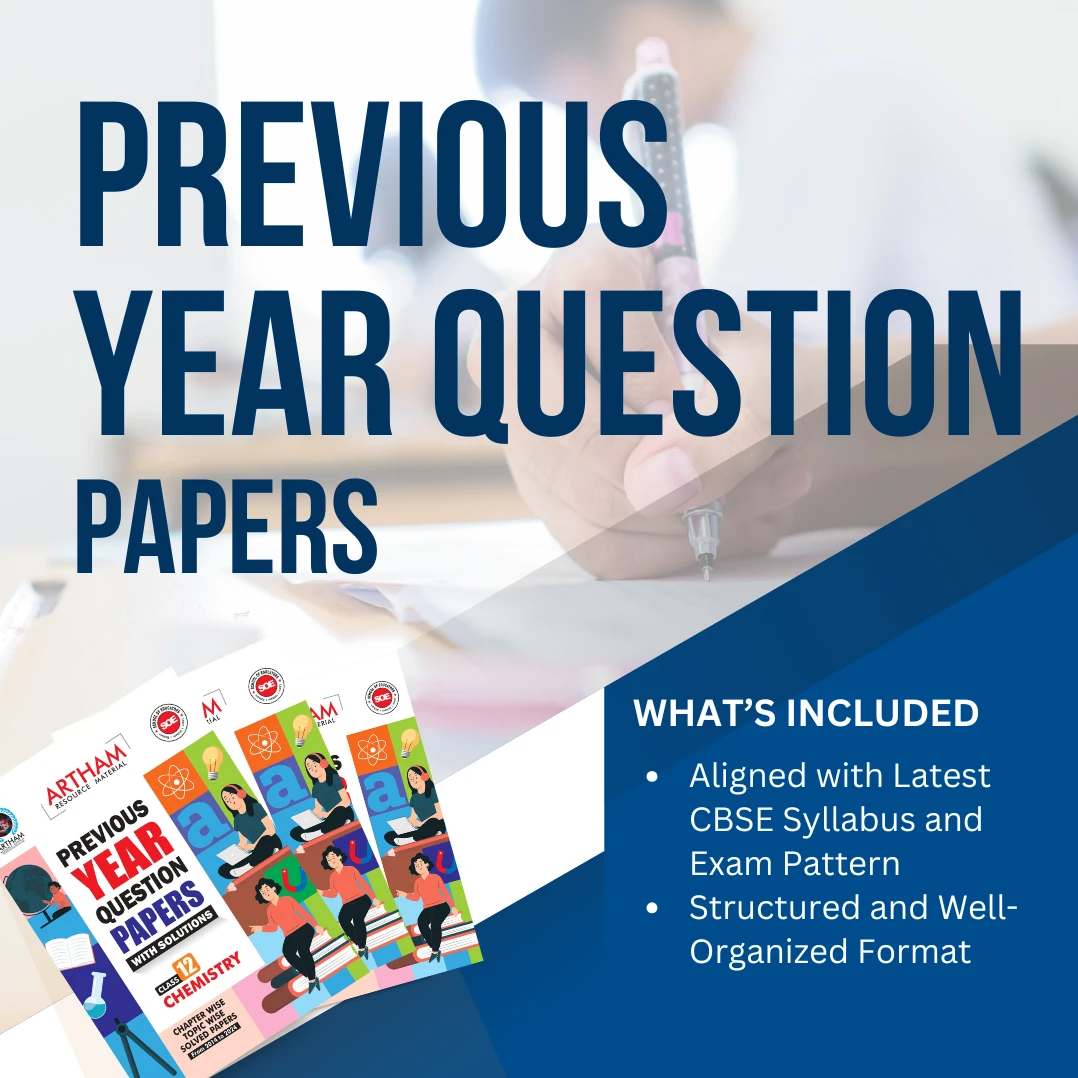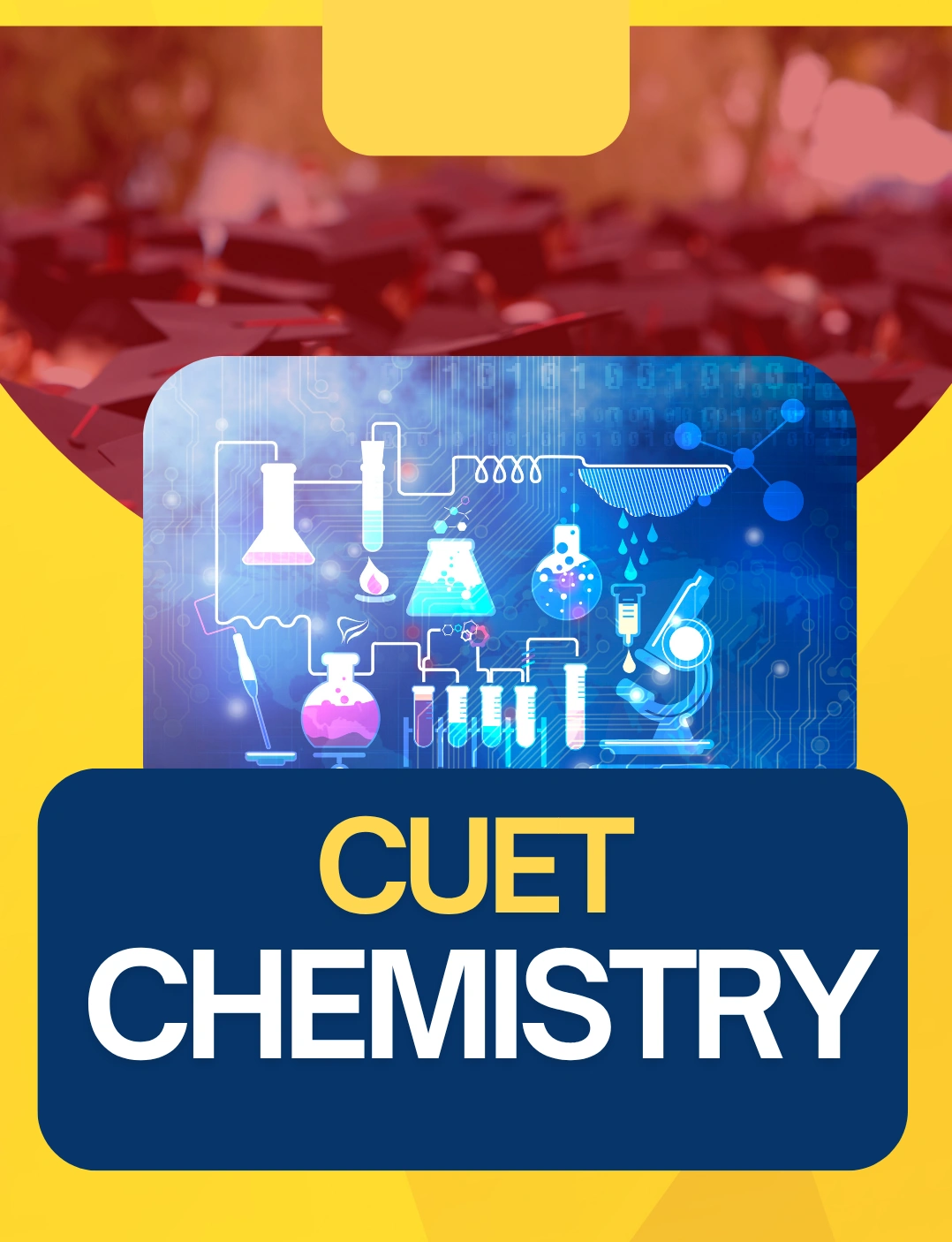Shop Left Sidebar
- CBSE
- Chapter Wise Topic Wise Notes
- Class 10
- Class 9
- Competency-Based Question Bank
- Competitive Exams & Aptitude Tests
- Comprehensive Viva Voice
- Courses
- CUET
- Daily Practice Paper (DPP)
- Diagnostic Assessment
- eBooks
- For New School
- Foundation and Olympiad Study Material
- Gift for Students
- Gift for Teachers
- Half Yearly Sample Question Paper with Solution
- Holiday Homework
- Illustrative Charts
- Journal
- Kindergarten
- Lesson Plan
- Life Skills
- Line by Line Questions
- Mind Maps
- Must Buy
- NCERT Exemplar Solutions
- NCERT Solutions
- Notes
- POWERPOINT PRESENTATIONS
- Pre Launch Stage
- Premium WhatsApp Group
- Previous Year Question Papers
- Previous Year Question Papers with Solutions
- Print version of SOP
- Sample Paper
- Sample Paper with Solutions
- Self Development
- Split -up Syllabus
- Sports and Physical Education
- Standard Operating Manuals
- Study Materials for Students
- Teachers Manual with Lesson Plans
Best seller
-
-100%
₹ 50.00Original price was: ₹ 50.00.₹ 0.00Current price is: ₹ 0.00. -
-100%
₹ 50.00Original price was: ₹ 50.00.₹ 0.00Current price is: ₹ 0.00. -
-100%
₹ 50.00Original price was: ₹ 50.00.₹ 0.00Current price is: ₹ 0.00. -
-100%
₹ 299.00Original price was: ₹ 299.00.₹ 0.00Current price is: ₹ 0.00.
- CBSE
- Chapter Wise Topic Wise Notes
- Class 10
- Class 9
- Competency-Based Question Bank
- Competitive Exams & Aptitude Tests
- Comprehensive Viva Voice
- Courses
- CUET
- Daily Practice Paper (DPP)
- Diagnostic Assessment
- eBooks
- For New School
- Foundation and Olympiad Study Material
- Gift for Students
- Gift for Teachers
- Half Yearly Sample Question Paper with Solution
- Holiday Homework
- Illustrative Charts
- Journal
- Kindergarten
- Lesson Plan
- Life Skills
- Line by Line Questions
- Mind Maps
- Must Buy
- NCERT Exemplar Solutions
- NCERT Solutions
- Notes
- POWERPOINT PRESENTATIONS
- Pre Launch Stage
- Premium WhatsApp Group
- Previous Year Question Papers
- Previous Year Question Papers with Solutions
- Print version of SOP
- Sample Paper
- Sample Paper with Solutions
- Self Development
- Split -up Syllabus
- Sports and Physical Education
- Standard Operating Manuals
- Study Materials for Students
- Teachers Manual with Lesson Plans
Showing all 16 results
-
-50%
CUET 2024 Chemistry Notes Chapter 1 Solid State
₹ 50.00Original price was: ₹ 50.00.₹ 25.00Current price is: ₹ 25.00.“CUET Chemistry Notes: Solid State. Explores the properties, structures, and classifications of solid materials, including crystals, amorphous solids, and their applications.”
-
-50%
CUET 2024 Chemistry Notes Chapter 2 Solutions
₹ 50.00Original price was: ₹ 50.00.₹ 25.00Current price is: ₹ 25.00.“CUET Chemistry Notes: Chapter 2 – Solutions. Explores the properties, types, and behavior of solutions, including factors affecting solubility and colligative properties.”
-
-50%
CUET 2024 Chemistry Notes Chapter 3 Electrochemistry
₹ 50.00Original price was: ₹ 50.00.₹ 25.00Current price is: ₹ 25.00.“CUET Chemistry Notes: Chapter 3 – Electrochemistry. Explores the principles of redox reactions, electrochemical cells, and their applications in batteries, corrosion, and electrolysis.”
-
-50%
CUET 2024 Chemistry Notes Chapter 4 Chemical Kinetic
₹ 50.00Original price was: ₹ 50.00.₹ 25.00Current price is: ₹ 25.00.“CUET Chemistry Notes: Chapter 4 – Chemical Kinetics. Explores the rates of chemical reactions, factors affecting reaction rates, and mechanisms of reaction pathways.”
-
-50%
CUET 2024 Chemistry Notes Chapter 5 Surface Chemistry
₹ 50.00Original price was: ₹ 50.00.₹ 25.00Current price is: ₹ 25.00.“CUET Chemistry Notes: Chapter 5 – Surface Chemistry. Explores the properties and phenomena occurring at the interface of phases, including adsorption, catalysis, and colloidal systems.”
-
-50%
CUET 2024 Chemistry Notes Chapter 6 General Principles and Processes of Isolation of Elements
₹ 50.00Original price was: ₹ 50.00.₹ 25.00Current price is: ₹ 25.00.“CUET Chemistry Notes: Chapter 6 – General Principles and Processes of Isolation of Elements. Explores the methods and principles involved in isolating elements from their ores, essential for understanding metallurgy.”
-
-50%
CUET 2024 Chemistry Notes Chapter 7 P- Block Elements
₹ 50.00Original price was: ₹ 50.00.₹ 25.00Current price is: ₹ 25.00.“CUET Chemistry Notes: Chapter 7 – P Block Elements. Explores the properties, trends, and reactivity of elements in the p-block of the periodic table, encompassing groups 13 to 18.”
-
-50%
CUET 2024 Chemistry Notes Chapter 8 The D- And F- Block Elements
₹ 50.00Original price was: ₹ 50.00.₹ 25.00Current price is: ₹ 25.00.“CUET Chemistry Notes: Chapter 8 – The d-and f-Block Elements. Explores the properties, electronic configurations, and reactivity of transition metals and inner transition metals.”
-
-50%
CUET 2024 Chemistry Notes Chapter 9 Co-Ordination Compounds
₹ 50.00Original price was: ₹ 50.00.₹ 25.00Current price is: ₹ 25.00.“CUET Chemistry Notes: Chapter 9 – Coordination Compounds. Explores the structure, bonding, and properties of coordination compounds, including their coordination numbers, isomerism, and applications.”
-
-50%
CUET 2024 Chemistry Notes Chapter 10 Haloalkanes And Haloarenes
₹ 50.00Original price was: ₹ 50.00.₹ 25.00Current price is: ₹ 25.00.“CUET Chemistry Notes: Chapter 10 – Haloalkanes and Haloarenes. Explores the properties, reactions, and applications of halogenated organic compounds, essential in organic synthesis and pharmaceutical industries.”
-
-50%
CUET 2024 Chemistry Notes Chapter 12 Aldehydes, Ketone And Carboxylic Acid
₹ 50.00Original price was: ₹ 50.00.₹ 25.00Current price is: ₹ 25.00.“CUET Chemistry Notes: Chapter 12 – Aldehydes, Ketones, and Carboxylic Acids. Explores the properties, nomenclature, reactions, and uses of these organic compounds, essential in organic chemistry.”
-
-50%
CUET 2024 Chemistry Notes Chapter 13 Amines
₹ 50.00Original price was: ₹ 50.00.₹ 25.00Current price is: ₹ 25.00.“CUET Chemistry Notes: Chapter 13 – Amines. Explores the properties, synthesis, reactions, and applications of amines, important organic compounds with diverse industrial and biological significance.”
-
-50%
CUET 2024 Chemistry Notes Chapter 14 Biomolecules
₹ 50.00Original price was: ₹ 50.00.₹ 25.00Current price is: ₹ 25.00.“CUET Chemistry Notes: Chapter 14 – Biomolecules. Explores the diverse classes of biomolecules, including carbohydrates, lipids, proteins, nucleic acids, and their structures, functions, and significance in biological systems.”
-
-50%
CUET 2024 Chemistry Notes Chapter 15 Polymers
₹ 50.00Original price was: ₹ 50.00.₹ 25.00Current price is: ₹ 25.00.“CUET Chemistry Notes: Chapter 15 – Polymers. Explores the properties, synthesis methods, and applications of polymers, essential for understanding modern materials science.”
-
-50%
CUET 2024 Chemistry Notes Chapter 16 Chemistry In Everyday life
₹ 50.00Original price was: ₹ 50.00.₹ 25.00Current price is: ₹ 25.00.“CUET Chemistry Notes: Chapter 16 – Chemistry in Everyday Life. Explores the application of chemistry principles in daily activities, including pharmaceuticals, food additives, and household products.”
-
-50%
CUET 2024 Chemistry Notes Chapter 11 Alcohol, Phenol And Ether
₹ 50.00Original price was: ₹ 50.00.₹ 25.00Current price is: ₹ 25.00.“CUET Chemistry Notes: Chapter 11 – Alcohol, Phenol, and Ether. Explores the properties, synthesis methods, and reactions of alcohol, phenol, and ether organic compounds.”
Teaching is one of the hardest and most important jobs in the world. We provide the support that teachers need to transform their subjects into terms that their students will understand.
- Nageen International
- B-162, 4th Floor, DDA Shed, Okhla Industrial Area Phase 1 New Delhi-110020 (India)
- WhatsApp us at +91-95208-11111
- Email: info@educatorsresource.in
- (Monday to Saturday) WhatsApp 24*7
2025 Educator Resources. All Rights Reserved.




